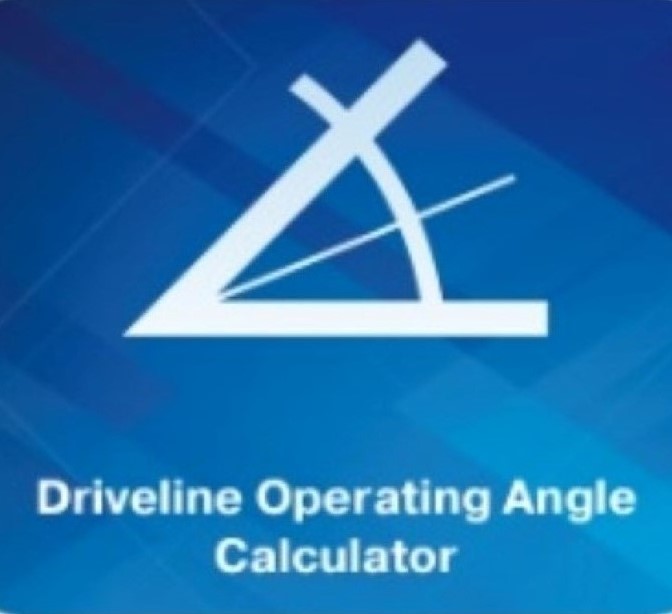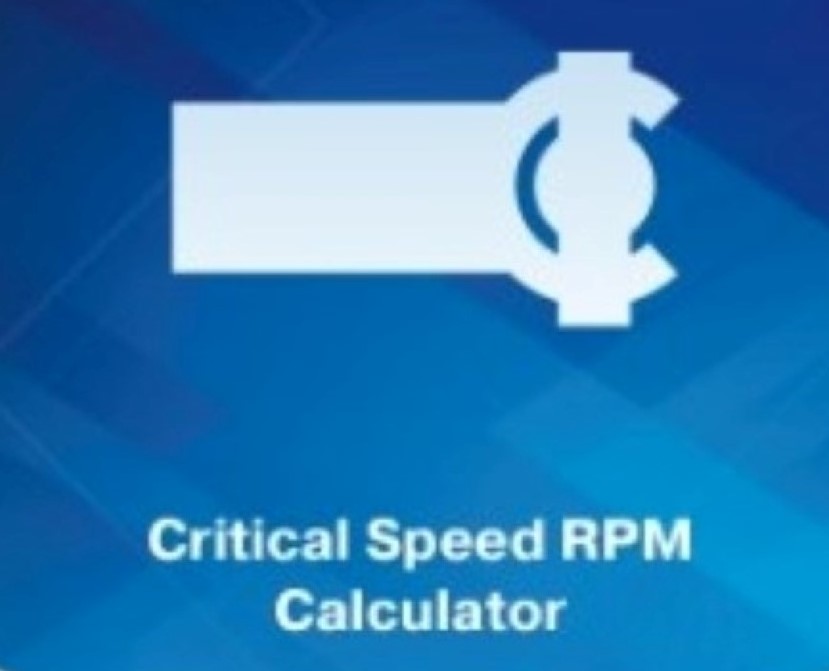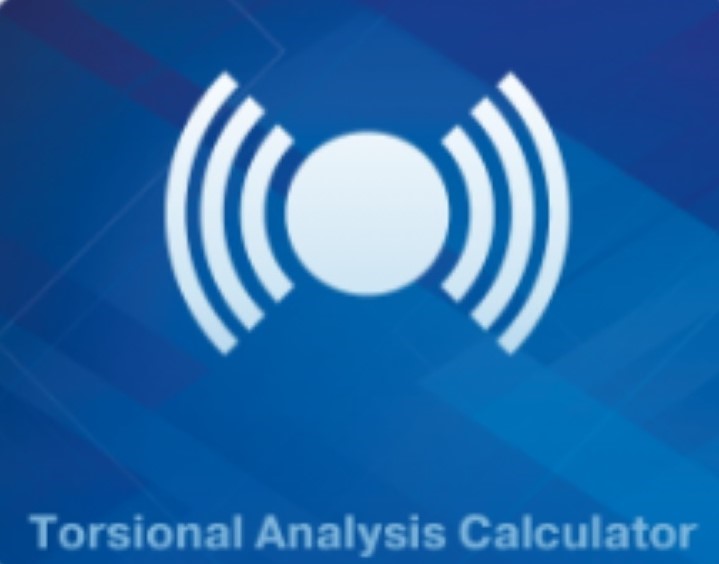Nobody wants a driveline that vibrates, shudders, or binds up, especially in a 4×4 truck that tows or goes off-road. Adding bigger wheels and tires, a lift (or lowering) kit, or making drivetrain upgrades will usually change driveline U-joint, or pinion angles. If those angles exceed an acceptable range, you’re asking for trouble.
Fortunately, the experts at Spicer Drivetrain want to help you set up a worry-free driveline. They have created calculators for determining pinion angle, driveshaft speed, vibration, and more that can help you set up a vibration- and bind-free driveline—or figure out what went wrong so you can fix it.
Spicer also includes technical explanations and recommendations for correcting any issues you find. Some calculators also come with helpful videos.
Let’s take a look, shall we?

Driveline Operating Angle
This calculator measures the angles of each component in your drivetrain—transmission, driveshaft(s), and axle(s)—to help you determine the proper U-joint operating angles. Also known as pinion angle, operating angle is the angle between drivetrain components and the driveshaft if they are not vertically aligned.
According to Spicer engineers, any universal joint operating angle greater than three degrees will lower universal joint life and may cause a vibration. They also say that U-joints on the ends of a driveshaft should always be equal within one degree of each other.
Spicer includes a chart with the calculator that shows maximum U-joint operating angles recommended by its engineers based on driveshaft RPM.

Driveshaft Critical Speed RPM Calculator
A properly balanced driveshaft can experience severe vibrations if its normal operating speed is above its critical, or safe operating speed. A driveshaft that operates above safe operating speed could fail and cause all sorts of mayhem.
This calculator lets you determine the optimal operating RPM of a driveshaft based on type, series, the tube outside diameter, and the distance in inches between U-joint centers when installed. This is important information to have when setting up a driveline with the proper U-joint operating angles.

Torsional Analysis Calculator
U-joint operating angles can change as driveline and suspensions components wear or when you modify the suspension by lifting or lowering the vehicle. Shortening or lengthening a vehicle’s wheelbase from the OEM’s original specification can also change operating angles. Any of these can cause torsional vibration in the driveline that can show up as shimmies, shakes, and squeaks—and eventually failed parts.
This calculator can help check a vehicle’s driveline installation for torsional and inertial problems. It uses data from measurements including driveline angle, slope, true centerline, and driveshaft RPM to determines if your torsional and inertial levels could cause a problem. The calculator will even show an alert if it shows something wrong. That allows you to modify your calculations to find the proper driveline setup to eliminate the vibration.
Spicer Parts Has Other Helpful Calculators Too:
- The Engine RPM Calculator measures engine RPM based on the vehicle’s ring gear and pinion gear ratio, speed, and tire height
- The Horsepower and Torque Calculator measures approximate engine torque based on horsepower or horsepower by torque, both divided by engine RPM
- The Transmission Ratio RPM Calculator determines engine RPM based on the transmission gear ratio, tire height, vehicle speed (miles per hour), and ring and pinion gear ratio
- The Tire Height Calculator lets you determine how much tire will fit your vehicle based on tire width, aspect ratio, and wheel size

help on getting right drive line angles
got two piece drive shaft
3.9 angle on trann
2.2 first shaft
1.9 second shaft
1.8 on rear end
trann up high as can go
mid shaft bearing cant lower factory made